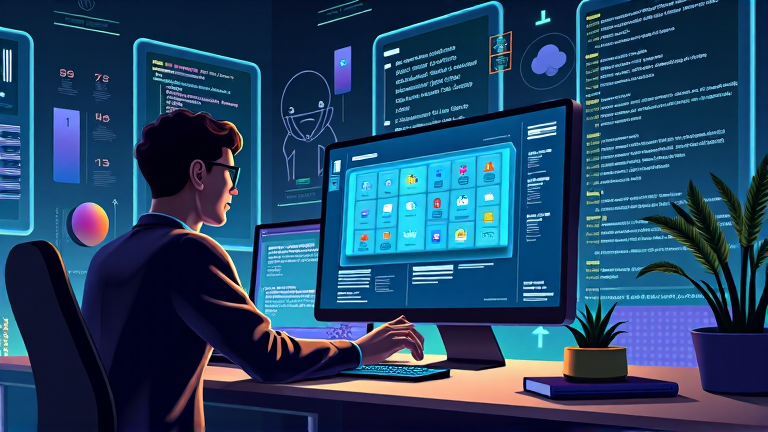
The Surging Impact of Open Source AI in Today’s Production Environments
The world of open source has become a catalyst for innovation and technological adoption, impacting areas ranging from web interfaces to cloud-native computing. Now, it is transforming artificial intelligence (AI), as open source AI models and the accompanying tools become increasingly accessible. This shift enables developers globally to craft bespoke AI solutions and deploy them on their preferred platforms.
Insights from a recent survey reveal that the integration of open source AI into enterprise environments is rapidly advancing. The study, conducted across teams in the US, Germany, India, and Brazil, showed near-universal experimentation with open source AI models, even before a formal definition from the Open Source Institute existed. Although the survey did not specifically target generative AI or large language models (LLMs), the responses indicate a broad engagement with various AI and machine learning models.
As more diverse models emerge and new applications are discovered, the already significant use of open source AI is set to expand. This article delves into this evolution, examining the role of smaller models and potential future applications of open source AI.
Harnessing Smaller, Open AI Models
Smaller and more open AI models, such as Meta’s Llama and Mistral AI’s offerings, provide several advantages. These include the ability to download and operate them on personal devices and tailor them based on specific licensing agreements. Often referred to as small language models (SLMs), they sometimes perform comparably to LLMs, particularly in targeted scenarios.
Idan Gazit, leading GitHub Next, highlights the benefits of these smaller models, noting their cost efficiency and adaptability across various environments, including user devices. Critically, they offer a simpler pathway to customization.
According to AI consultant Hamel Husain, organizations prefer smaller models for niche applications, where specific solutions are required. This allows for defined grammars and valid token outputs, enabling more precise task execution. Husain recounts aiding an observability platform in crafting a custom model to translate natural language into a proprietary query language, a task suited to open models’ flexibility.
Structuring AI with Open Source Tools
The rapid uptake of open source models is evident in the burgeoning ecosystem of tools like Outlines, a widely adopted application for building custom LLM utilities that handle outputs seamlessly. Created by Rémi Louf and Brandon Willard, Outlines addresses a common frustration: the challenge of generating structured outputs from LLMs.
Thanks to its capacity to enforce structured outputs, Outlines quickly gained popularity, showcasing the potential of open source solutions in production environments. Although specific users remain confidential, several large enterprises are reportedly leveraging Outlines successfully.
Future Directions
While open source models offer remarkable flexibility, they also introduce challenges. The increased need for resource investment in prompt development and infrastructure management can deter some companies. Nonetheless, many organizations prioritize infrastructure autonomy, cost control, and optimal latency.
Open source AI models are still evolving, with capabilities expanding as smaller models are refined. These models have already surpassed larger alternatives in certain applications. Gazit predicts a future where developers strategically deploy tailored small models for diverse tasks, propelling AI solution capabilities.
Simultaneously, the improvement of large proprietary models will continue, with reciprocal advances likely between large and small models. Louf anticipates a forthcoming open source renaissance, where resource-constrained innovators push boundaries further.
Note: This publication was rewritten using AI. The content was based on the original source linked above.